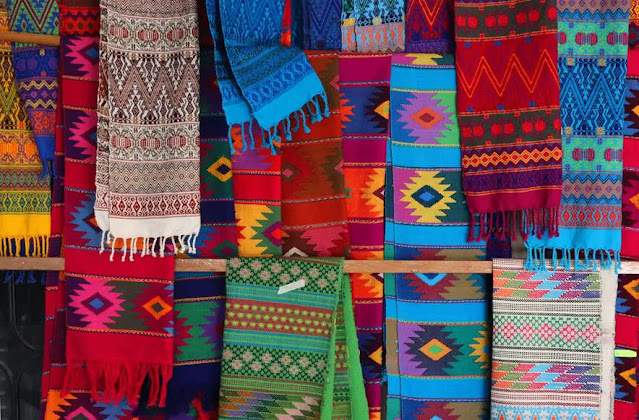Featured
- Get link
- X
- Other Apps
How are smart textiles
The first results of smart textiles research appeared to the
public in the early 1990s. Its development has been encouraged by the military
sphere. Among the cutting-edge work in this field is Georgia Tech's wearable
motherboard, the smart shirt developed by S. Jayaraman and his Georgia Tech
colleagues. The interlocking garment with sensors is not only intended to warn
in real time of changes in the soldiers' health status, but rather also collect
and review their health information.
Of course, innovations in textiles are also of interest to
the fashion industry. Philips Design, for example, in a line of wearable
electronics called New Nomads, has offered since 2000 electronically interlaced
garments; meanwhile, Sabine Seymour, designer, entrepreneur and also scholar,
published her first work on the subject, Fashionable Technology, in 2008, after
having launched the term “trend technology” in 2000. However, due to
durability, maintenance and convenience drawbacks, as well as high costs, there
has so far not been a true expansion of useful or commercial smart textiles.

In two thousand eleven, the European Committee for
Standardization published its definition of smart textiles. At first, they
point out that the notions of smart textiles are quite different and that they
are used primarily for marketing purposes. Although they consider that the
standardization of smart textiles is not easy as it supposes an overlap of the
standardization of the traditional textile product, they continue to offer a
basic definition: the smart textile is a functional textile material, which
actively interacts with its environment, that is, respond or adapts to changes
in the environment.
Types of smart textiles
Smart textiles could be roughly divided into two types,
active and passive smart textiles.
Active smart textiles is represented by a combination of
textiles with sensors and actuators to connect internal factors to the
transmitted message. In such a case, the sensors and actuators incorporated
into the textiles are capable of detecting different signals from the
environment, as was the case with the smart shirts already mentioned.
Passive smart textiles are the very properties of textiles -
smart textiles have, in such a case, the ability to change their properties
according to an environmental stimulation that can sometimes work according to
a biomimicry principle. In a very hypothetical way, we could illustrate this
with a textile that stretches a lot due to humidity, and this property could be
used, for example, to create a roof in the event of rain.
Uses of smart textiles
The usefulness of such a textile compound, coupled with
convenient vigilance, Dr. Marrot would like to develop in two areas. The first
is related to built objects such as buildings and bridges ; The material would
already be incorporated into the construction and changes, such as cracks
caused by an earthquake or any other circumstance that could be detrimental to
the building, would be reflected in the textile compound. Observed conductivity
changes could warn the initiation of cracks in the structure and prevent damage
and injury by alerting users.
The other option is to develop a textile floorpressure
sensitive interactive for active aging and older adult safety; consequently,
such textile flooring would serve a dual purpose. It would stimulate the
physical exercise of the elderly by being able to react to the pressure of the
user's gait and could be used as an instrument of individual rehabilitation or
in cooperation based on games. For example, the textile floor could be linked
to a sound device that could reproduce music with exactly the same rhythm as
the steps of the walker. The other essential function of this floor would be
the safety application: it would warn if the user has fallen and cannot stand
up or if he has been injured. In such a case, the textile floor would
immediately send an alarm signal to caregivers, that is, nurses, family
members.
The potential utility of smart textiles is consequently
exaggeratedly extensive and promising, and appears particularly valuable in
areas such as rescue apparatus (i.e. for firefighter clothing), health care,
and in the so-called environment. support.
- Get link
- X
- Other Apps
Popular Posts
North America USMCA, Production Shift from PRC Make News
- Get link
- X
- Other Apps